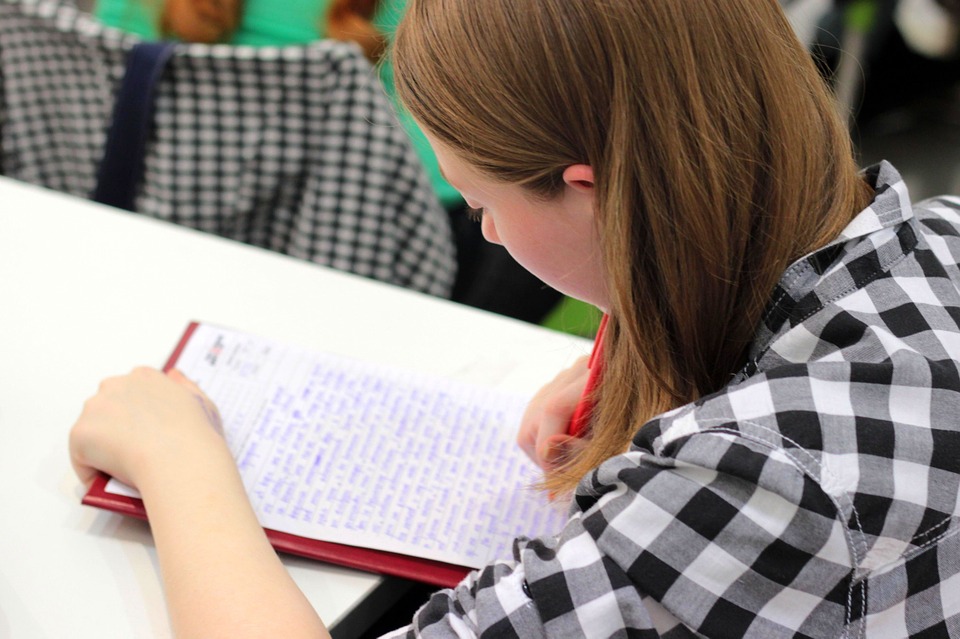By Naomi Hursthouse
Question 4 on both the language papers is designed to catch students out. It is assumed that some just won’t have the staying power to get to it, and other won’t be able to handle it. And it certainly did catch our students out on their first attempt. Here are the top 4 barriers our students were caught out by and how we are tackling them.
1. Viewpoints. On their first attempt our students failed to grapple with the writers’ viewpoints. They managed to pick out similar and different ideas and some language devices but not what the writers’ actually thought or felt about the topics. Therefore we have gone back to basics. We ask our students to start with viewpoints- after all there is no point identifying a simile, unless it actually helps you to answer the question. In order to help our students get to grips with the writers’ attitudes, we have gone back to basics, asking them to decide, for starters, whether the writers have a positive or negative attitude towards the topic. This simple approach has really helped our students to feel confident enough to tackle this question. Once they decide on whether it is positive or negative, then they have to find the clues in the source for this attitude, and then we can drill down into the nuances about the attitude and become more precise.
2. Methods. As I stated before, it is all too easy to pick out a simile, but it needs to be relevant. We have refocused our students on the wider definition of methods- it is anything the writer deliberately does to create an effect. As they have to find the viewpoints first, then the evidence, they now have a better base to analyse how the methods used in this evidence reveal or develop the writers’ viewpoints, rather than that random explanation of a simile.
3. VEME. We have constructed the mnemonic VEME to help our students to construct their response. This stands for Viewpoint, Evidence, Method, Explain. We have experimented with different versions of this but have found that this is simple, memorable and focuses students on the key elements of the assessment criteria.
4. Comparison. Too often students shove in a ‘However’ between their paragraphs on each text, and think this is enough to merit a ‘comparison’, but that is really only a cross reference. A much more successful technique, I have found, is to write a VEME paragraph about Text A then when writing about Text B, drop in asides about Text A, using phrases such as ‘much more…’ or ‘much less…’, e.g. The writer in Text B seems enthusiastic about the snow, which is a much more positive reaction than the writer’s response in Text A, highlighting that the weather has much less serious consequences in Text B.
If your students follow these steps then they should be well on the way to leaping over those Question 4 barriers and proving to the exam board that they are the select few who can handle it.
Naomi Hursthouse is currently the Head of English at Ormiston Six Villages Academy. She has worked as an examiner for AQA, and has been writing articles and blogs about teaching for Collins Freedom to Teach since 2009.
Collins publishes AQA GCSE resources in English Language and Literature to help students to develop the key skills they need at GCSE. Find out more.



